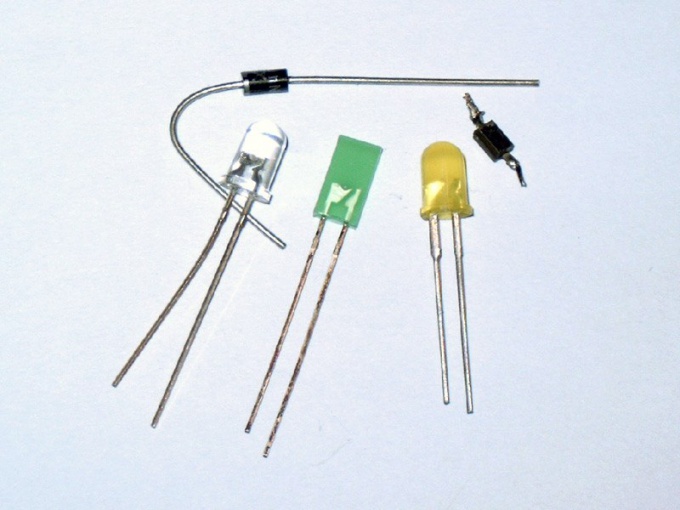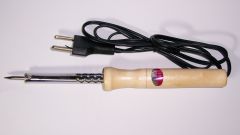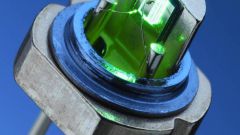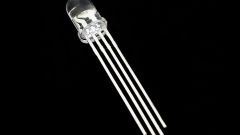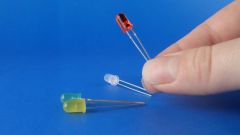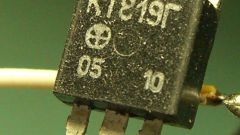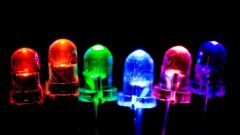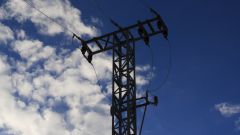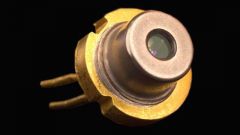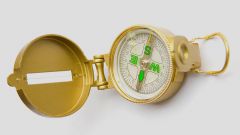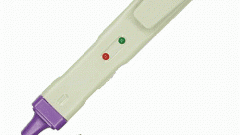Instruction
1
The simplest case occurs if the body diode has the symbol. It consists of an equilateral triangle and cut a straight line, in which the triangle rests on one of its corners. On diode's, marked by a new standard, this designation would further like crossed - the essence remains the same. Let's see how precisely focused the designation on the findings of the diode: the one that is closest to the triangle, corresponds to the anode, and the one that is closest to a line segment - the cathode.
2
If you know exactly what type of diodeand there is a guide or Datasheet to determine the polarity. View, about which conclusions should be the point (or several points) or a circle. Sometimes by number or color dots, you can optionally specify the prefix of the diode within a series, and it in turn is the maximum reverse voltage.
3
If the diode has no signs and all you know about him is the forward current and reverse voltage, determine the polarity in the following way. Take an ohmmeter (or multi-function apparatus, which has such a function). Determine the polarity of the voltage on its probes in the measurement mode of resistance, using as a model the other diode, the Pinout is known. Then, connecting the test probes to the diode of the subject in different ways, determine the location of its electrodes at the analogy.
4
Very useful for determining the Pinout of the diodes use a special probe. Take two penlight batteries, a led, a resistor of 1 kilo Ohm and two testers. All the parts connect in series, and the polarity of the inclusion of the diode determine experimentally that with the closure of the probes it was glowing. The test diode, connect the probes, first in one polarity, then in another. When the led glows, the output of the diode isfacing the negative pole of the power source is the cathodemodulation.
Note
Do not connect measuring instruments to the circuits under voltage.
